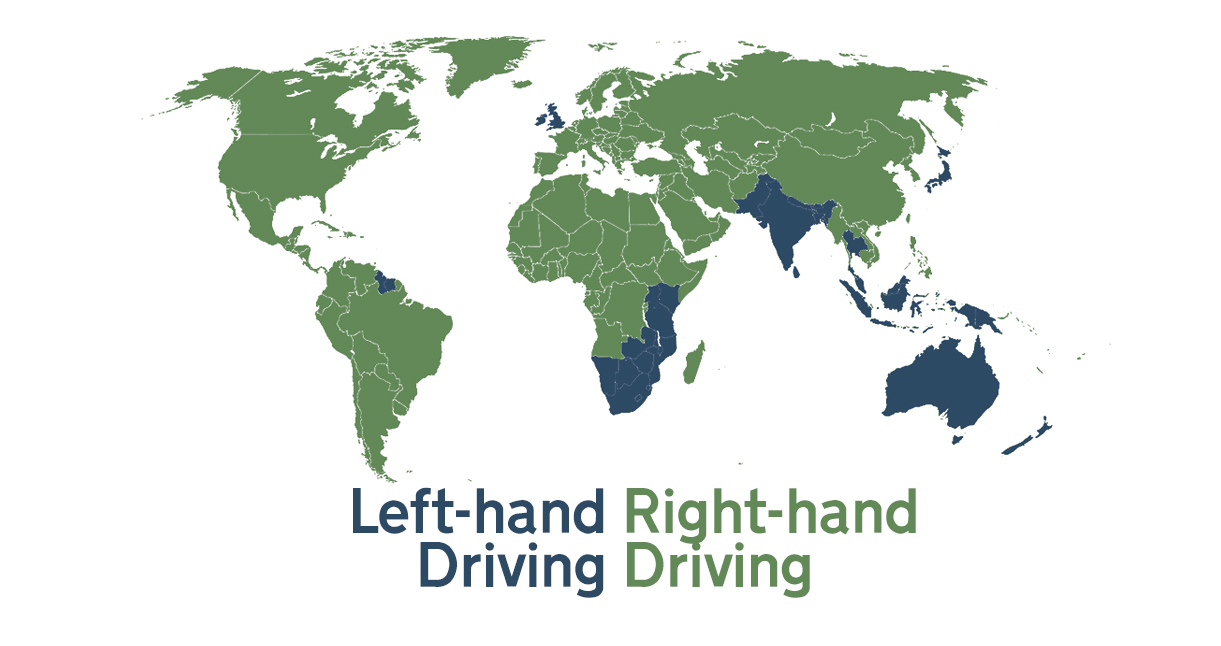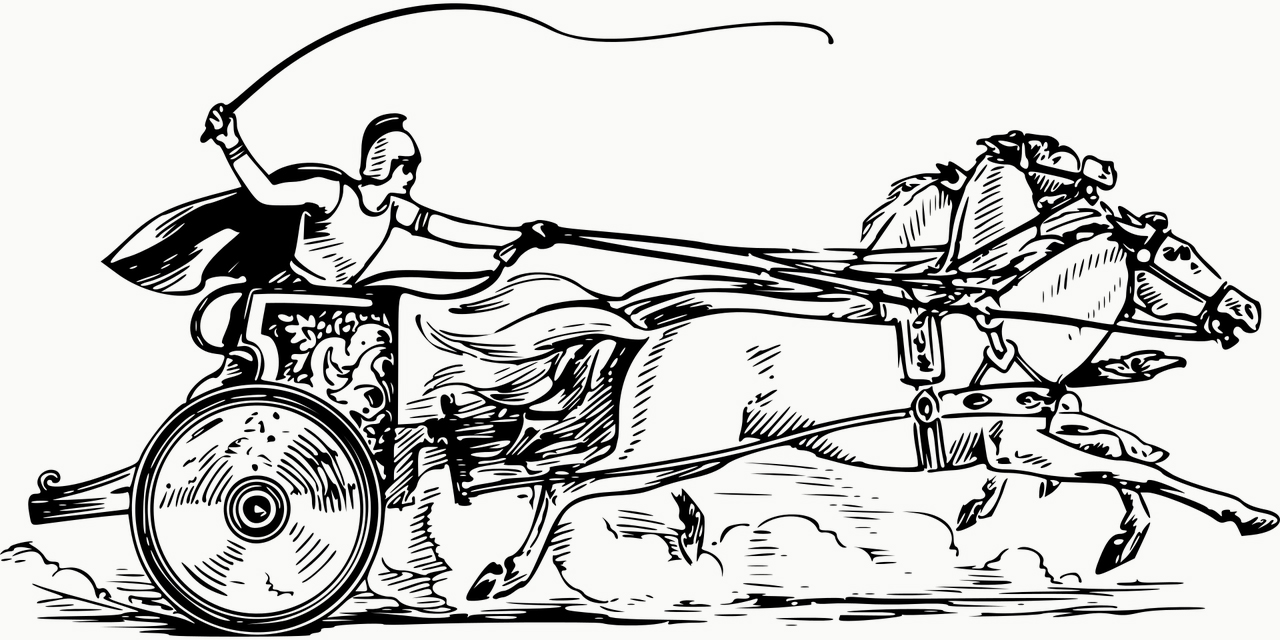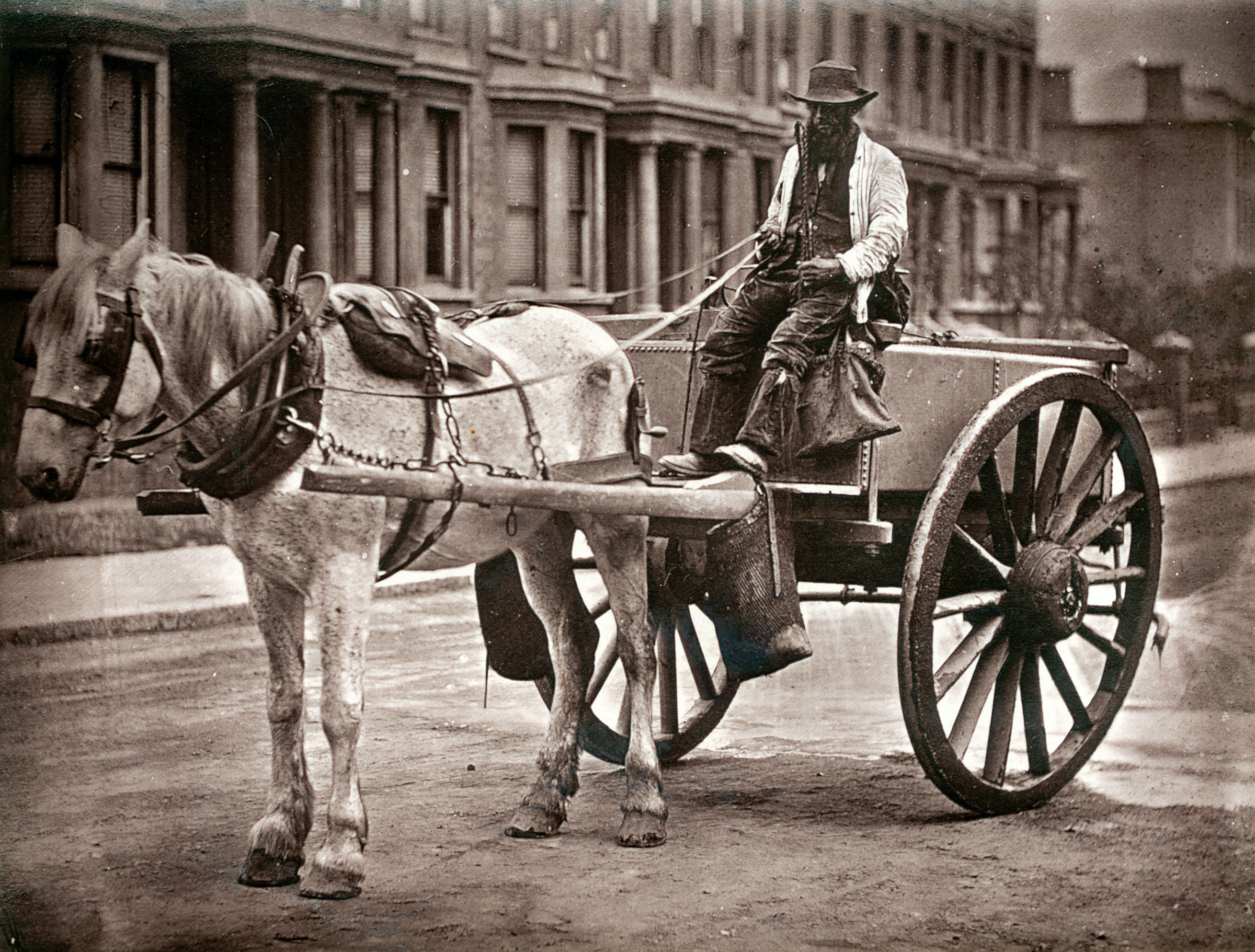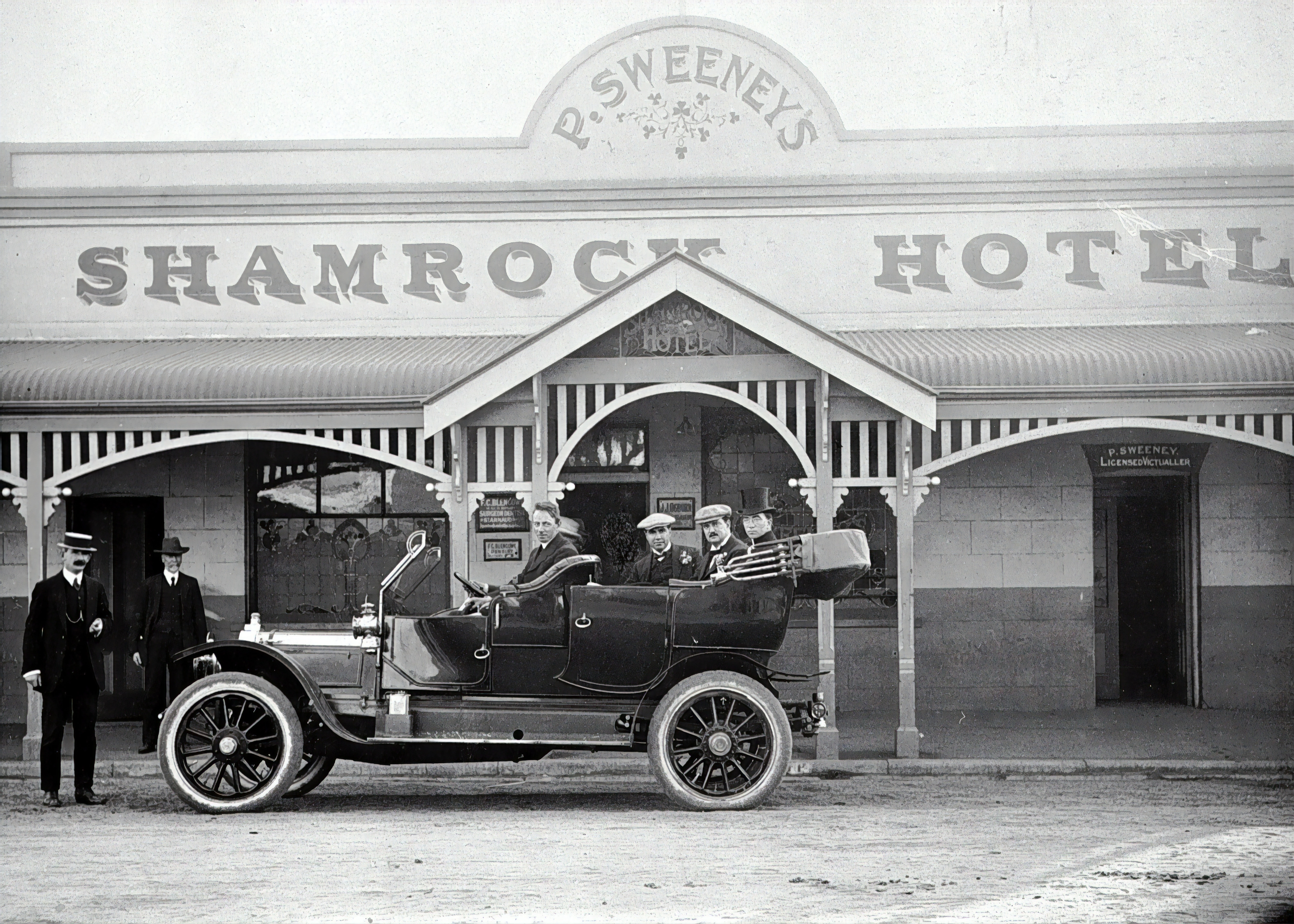Why do we drive on the left?
On By
About 30% of the world’s population drive on the left-hand side of the road but why is this? Interestingly, the answer to this question is thought to lie within ancient Rome.
Archaeology has suggested that the Romans used to ride their horses, carts and chariots on the left. The reason for this is widely believed to be because people would carry around weapons such as swords when they travelled.

Considering 90% of people are right-handed, being on the left-hand side of a road allowed most people to have their dominant hand free to defend themselves if they came across an enemy.
However, there were other reasons too as to why being on the left was beneficial. Most horse riders mount from the left and so this is a safer manoeuvre to carry out on the roadside than in the centre of the road.
As well as being able to defend against bandits, being on the left allowed you to greet people more easily on passing. This left-hand side practice went on to spread across the rest of medieval Europe.
So why do most countries drive on the right today?
In France, class distinction meant that the upper classes would travel on the left and force the peasantry over to the right. This was until the revolution and the 1791 French Constitution, which resulted in the aristocracy switching to the right when travelling in an attempt to blend in with the poorer people and to not draw attention to themselves.
Napoleon was responsible for spreading the right-hand rule culture across much of mainland Europe to countries such as Germany, Italy, Spain, Belgium, Poland, Switzerland and the Netherlands.
In Britain, left-sided driving became the law in 1773 and 1835. Britain was responsible for spreading its left-hand practices to colonies within the British Empire like Australia, New Zealand, India and South Africa.
Other countries across mainland Europe would slowly switch to becoming right-sided travellers to better fit in with their bordering nations, whereas islands like Britain and Australia had less incentive to do so.
Over in America the practise of driving on the right can be traced back to the 18th century. Old freight wagons were pulled by teams of horses and the driver would sit on the rear left horse so that his dominant hand could control the team.

This form of transport lent itself more towards right-handed travelling because by sitting on the rear left horse the driver would be closer to the centre of the road and drivers could better avoid collisions with other freight wagons headed in the other direction.
When mass-produced cars started to be invented, Henry Ford had a huge influence on driving culture as his famous Model T was built with the driver on the left.
A staggering 15 million Model Ts were produced between 1913 and 1937. This no doubt influenced countries like Canada who changed to the right-hand side in the 1920s.

The hugely popular Ford Model T
What happens when left-hand roads meet right-hand roads?
Even though 30% of the population drive on the left, there are very few instances where they border right-hand side nations.
This is because most left-hand countries are either islands such as Britain, Japan and Australia or more simply because they border other left-handed nations.
However, there are some exceptions to this like Thailand, which borders right-handed Cambodia, Laos and Myanmar. At most of their high-traffic borders, traffic lights are used to simply redirect the flow of vehicles.
There are more creative solutions though. The Lotus Bridge has an impressive design that allows cars to continually move as they travel between Macau and the rest of China. Residents in Macau drive on the left and the looping Lotus Bridge switches drivers seamlessly over to the right as they drive into right-handed China.
Countries that switched to the right side
Lots of the more isolated left-handed countries have since switched over to the right in the last century for more simplicity.
Sweden made the switch in 1967 on an event called Dagen H (H Day in Swedish). This would prove to be not only challenging but costly too as traffic lights needed to be reversed, lines repainted, bus stops moved, road signs changed and intersections redesigned.
The idea to switch wasn’t very popular with the Swedes at the time, however, the government thought this the best decision, not just to fit in with their neighbours, but because many cars at the time already had left-sided steering wheels so switching could reduce accidents.
When everything was ready and in place, the change-over took place at 4:50 a.m. on September 3rd 1967.
All vehicles were instructed to come to a stop. Crowds watched as cars were carefully redirected to the other side of the road. Then at 5:00, a radio announcement declared that “Sweden now has right-hand driving” and traffic resumed.
In 1924, Spain, Poland and Canada made the switch. Four years later Brazil and Portugal followed. More recently in 2009, Samoa changed over too.

